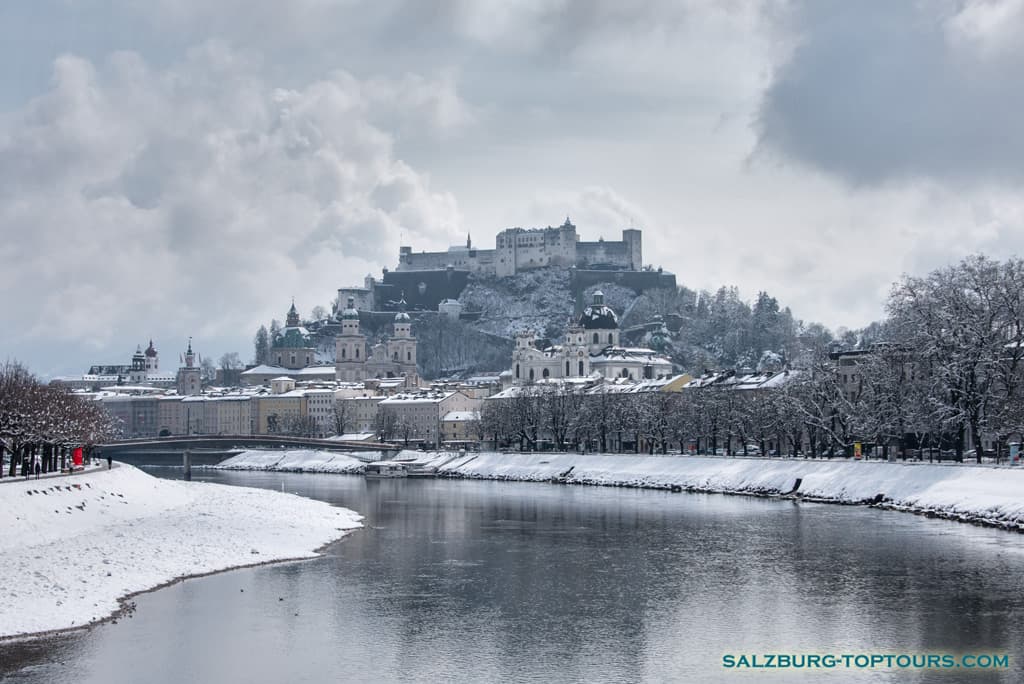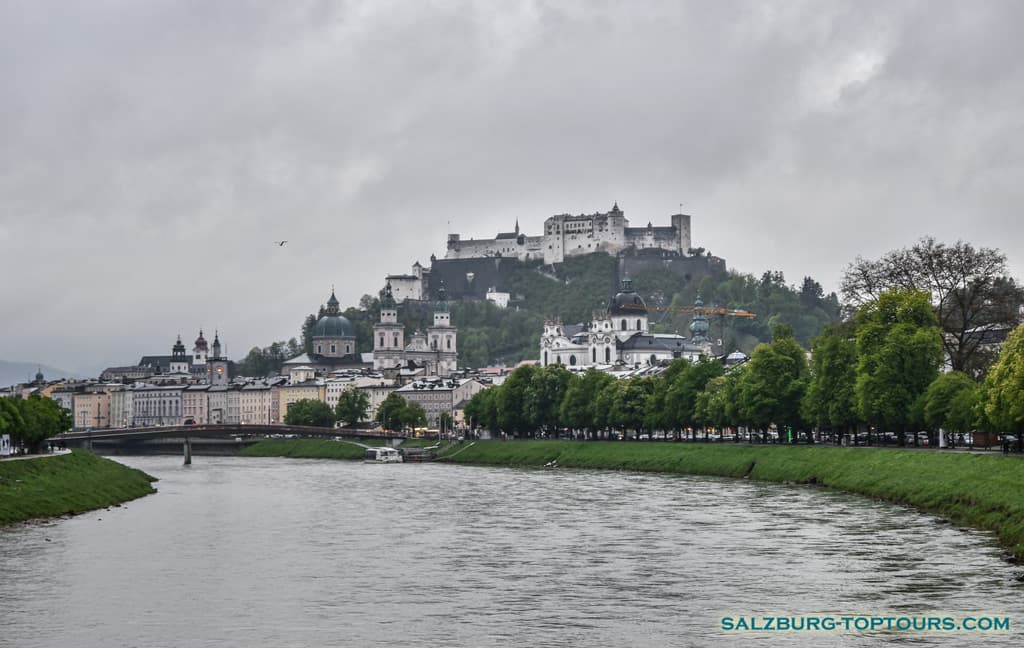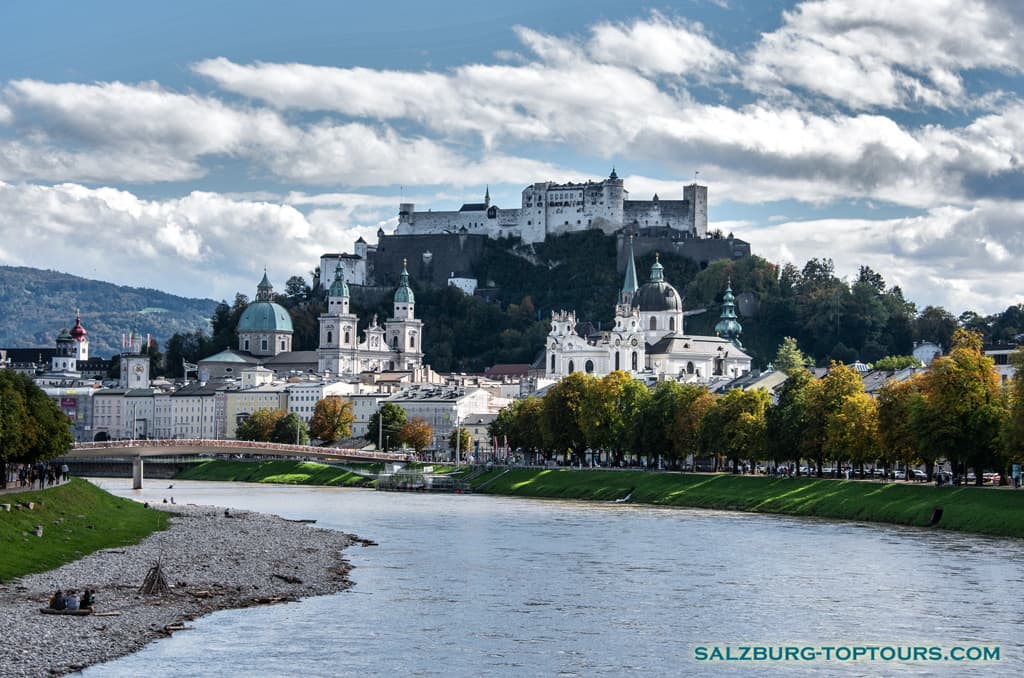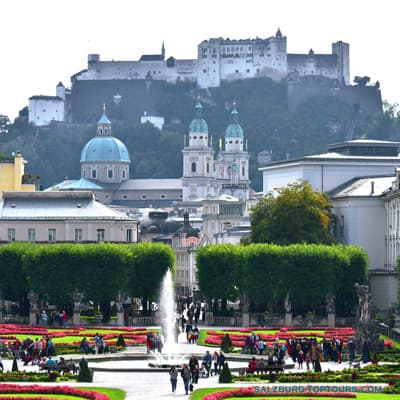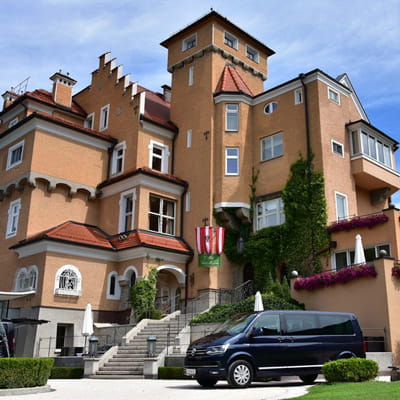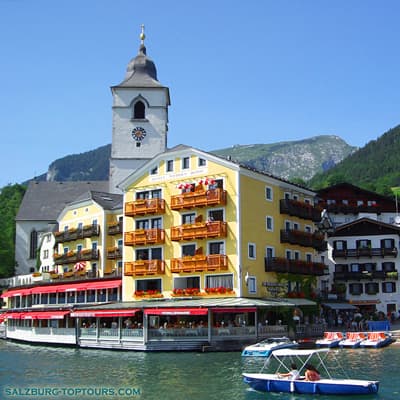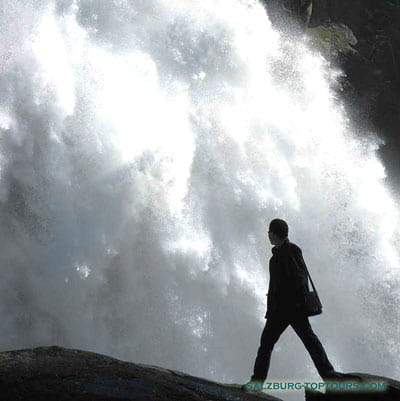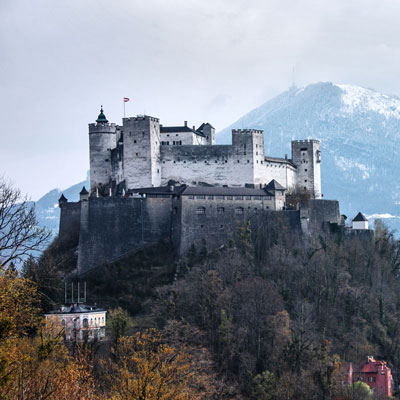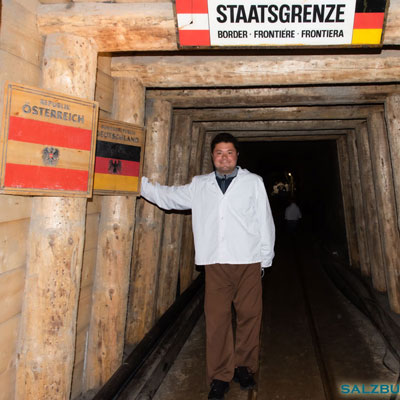Climate & Weather in Salzburg | Seasonal Guide & Average Temperatures

Austria’s diverse landscape plays a significant role in shaping its climate. In the eastern regions, winds are frequent, while the Alpine foothills experience a distinctly continental climate, with colder winters and warmer summers. The northern side of the Alps receives higher levels of precipitation, creating a temperate environment with relatively small temperature variations. Central Austria, situated on elevated terrain, includes the Danube Valley, which is surrounded by hills and benefits from a mild microclimate ideal for vineyards and fruit cultivation. In the southern Alps, the influence of the Mediterranean brings milder winters and plenty of sunshine.
Salzburg, located in northern Austria, sits within a region where approximately 70% of the terrain is mountainous. Because of the variation in elevation, temperature differences between the city and its surrounding suburbs can be noticeable, especially in autumn and winter. Statistics show that sunny and cloudy days occur in roughly equal measure, and a temperate climate dominates throughout the year. Each of the four seasons lasts around three months, adding to the region’s distinctive charm.
Winter in Salzburg
In Salzburg, November and the first half of December are usually sunny with temperatures between +5 and +10 degrees Celsius. Thick fog often forms in the valleys, dissipating by midday and returning by evening. By mid-December, temperatures drop sharply, often below zero. The ground is cold enough to prevent immediate melting of the snow in the valleys. Temperatures during this period range from 0 to -5 degrees.
Starting in the first week of January, Austria experiences a proper winter with heavy snowfalls and low temperatures. According to statistics, cold winters occur in Austria every 10-12 years, when temperatures drop to -20 degrees Celsius or lower. Nowadays, large bodies of water rarely freeze. The last time it happened was in 2006.
During the winter, a warm anticyclone called the Föhn is quite common in the Alpine region. It brings hurricane-force winds and temperatures can rise to +15 degrees Celsius during the day. Due to the strong winds, ski resorts have to close the lifts for safety reasons. The cyclone usually lasts for 2-3 days, after which temperatures return to below freezing.
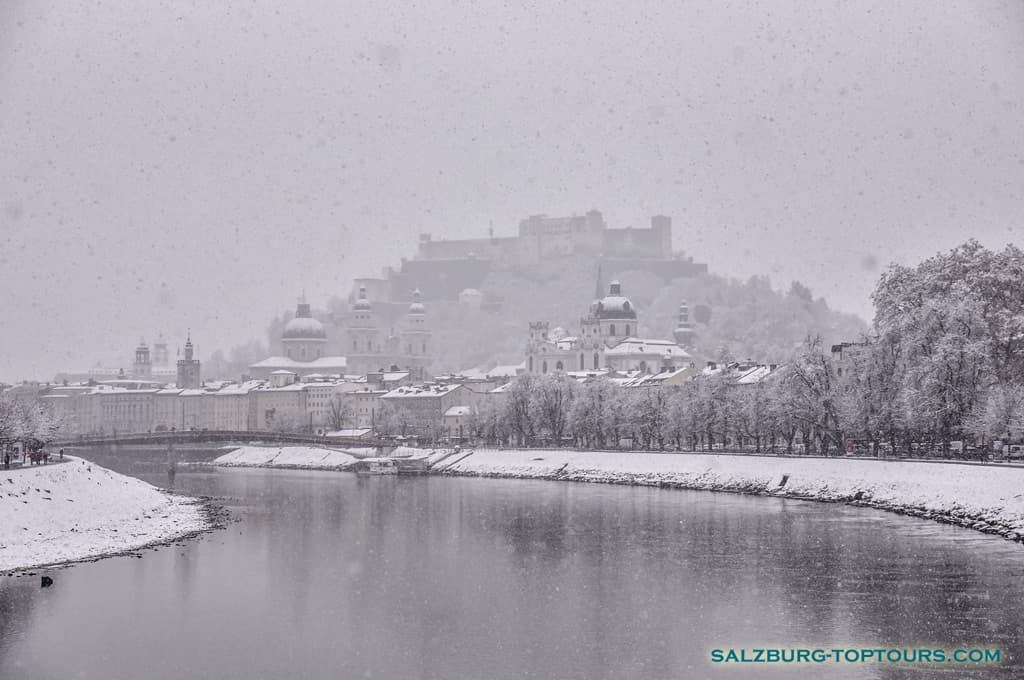
When traveling from a ski resort to Salzburg, keep in mind that Austria can be pretty chilly, especially when the humidity is high. In Salzburg, the cold often feels damp and can seep deep into your bones. To truly enjoy the city center, be prepared to walk, but be aware that in the afternoon, the shadow cast by the Monchsberg mountain envelops the entire old town. If you're not dressed warmly enough, your exploration might turn into just a brief shopping trip followed by a café visit. To make the most of your time, it's wise to layer up to fend off the cold.
February in Salzburg tends to be overcast, and heavy snowfall is quite likely. The humid air tends to settle in the Salzach River valley; once you move away from it, the clouds lift, revealing a clear blue sky and bright sunshine.
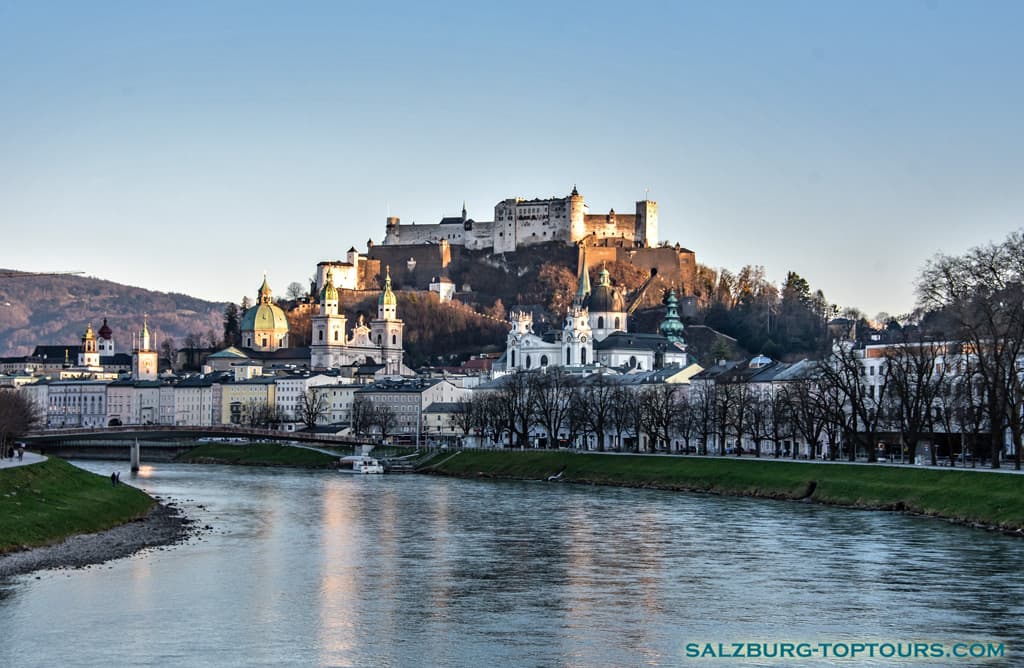
In March, temperatures begin to rise gradually as the snow starts to melt away. While the mountains still boast a thick blanket of snow, the parks and valleys start to burst into green as the first flowers bloom. Generally, March sees temperatures ranging from +5 to +8 degrees Celsius, with relatively little rainfall. As the month wears on, temperatures can climb to +20 in Salzburg, and the magnolia trees come alive with blossoms.
April, on the other hand, is known for its unpredictable weather. After a few warm and sunny days, snow can make a surprise return, and heavy snowfalls with drifts are not out of the question. It’s no wonder local farmers often say, “April macht was er will,” which translates to “April does what it wants.”
Summer in Salzburg
The weather changes frequently until mid-May. It is usually warm, but snow can fall in the mountains when the weather deteriorates. There is a sign that it is not worth planting heat-loving crops until the days of the Five Ice Saints, since frost on the ground occurs almost every year until St. Sophia's Day (May 15). There is even a local saying: "Die koite Sophi mocht ois hi" meaning Cold Sophia ruins everything. In 2017, for example, snow fell in the mountains until mid-May. Only after the 15th of May can we talk about temperature stabilization and the arrival of summer. The temperature from the second half of May to the end of August ranges from +20 to +35 degrees Celsius.
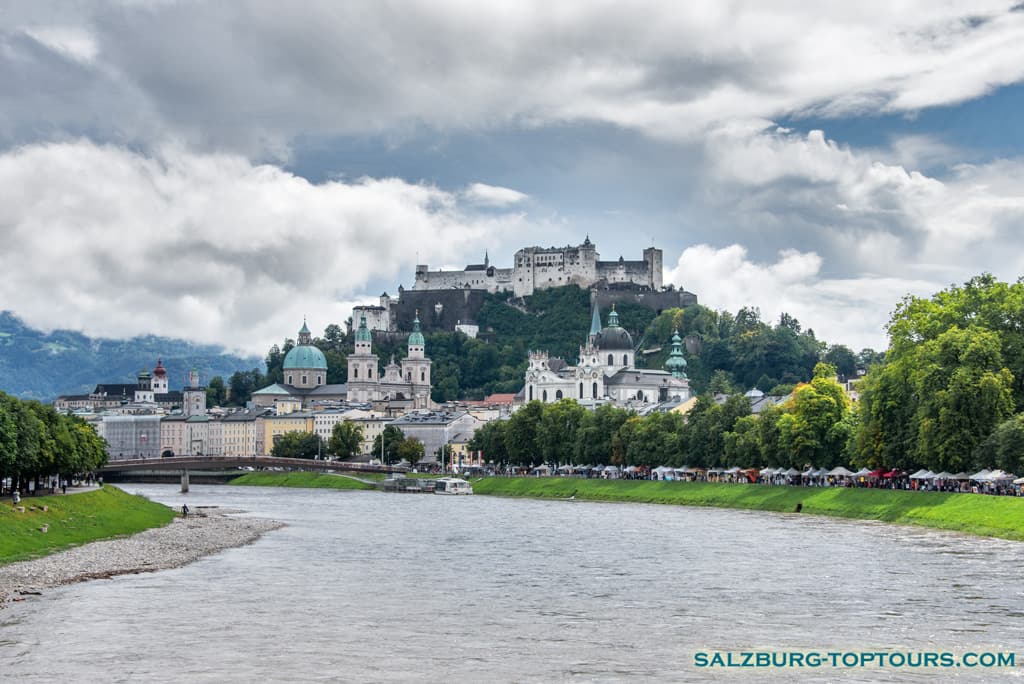
In June and July the weather in Austria can be hot, reaching up to 35°C. However, I recommend taking with you some waterproof and warm clothing. Heavy rain is common in Salzburg, while it can get quite chilly in the mountains. Don't forget to bring sturdy shoes if you plan to hike in the mountains.
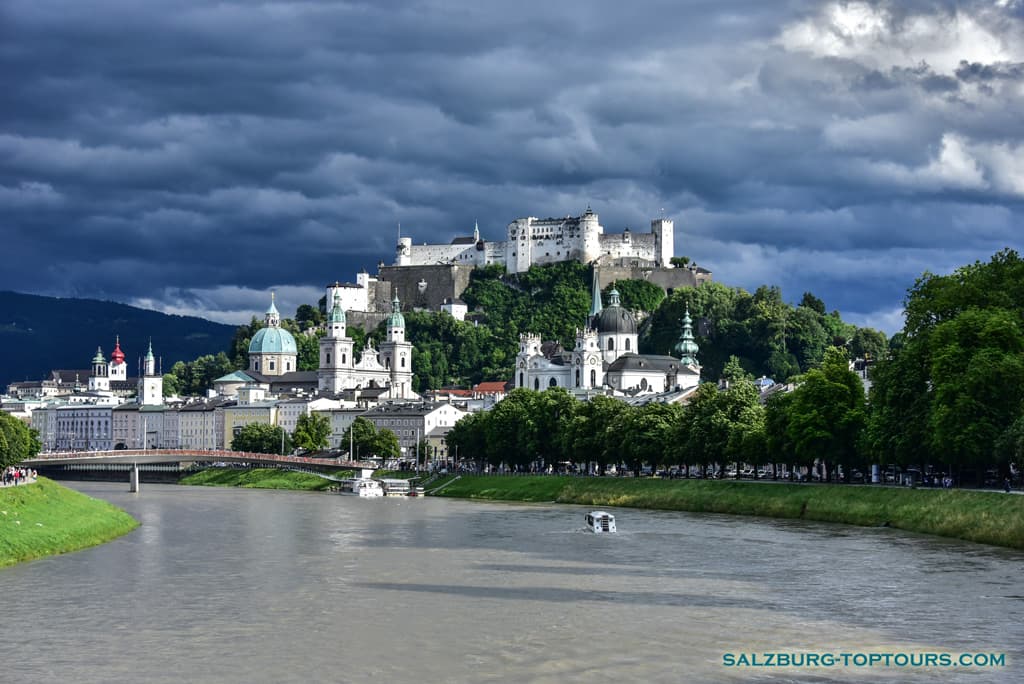
August is still a hot summer month, but it starts to rain more often. The temperature during the day is usually between 25 and 27 degrees Celsius, while at night it is between 15 and 20 degrees Celsius.
In early September, expect warm and dry weather. However, it's as if nature follows a calendar, and as soon as September 1 arrives, we can feel the breath of autumn. The sun shines brightly, but it doesn't provide as much warmth as before. Comfortable daytime temperatures usually range from 20 to 25 degrees Celsius until the beginning of October. After that, the nights become cooler, with temperatures of 10 degrees Celsius. Indian summer, which lasts until mid-October, is a great time to plan a trip to the Alpine region for hiking and cycling.
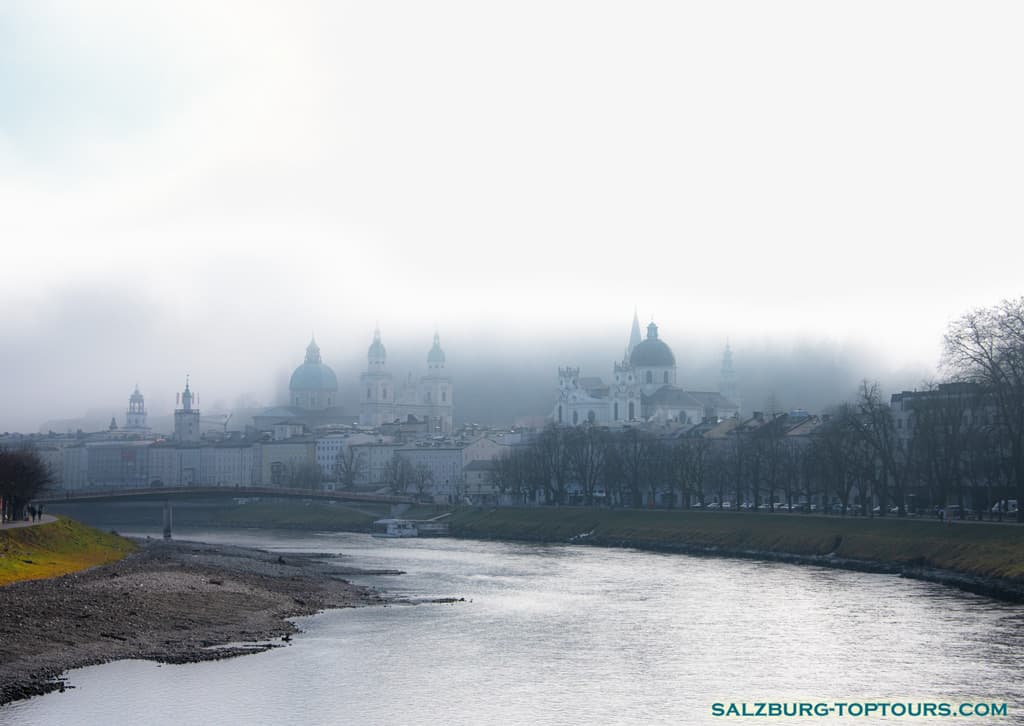
In October, the mountains turn into a beautiful array of colors. The peaks of the Alps begin to show their snow caps. The sunny days of the Indian summer end in October, after which Salzburg is covered with leaden clouds and the rainy season begins.
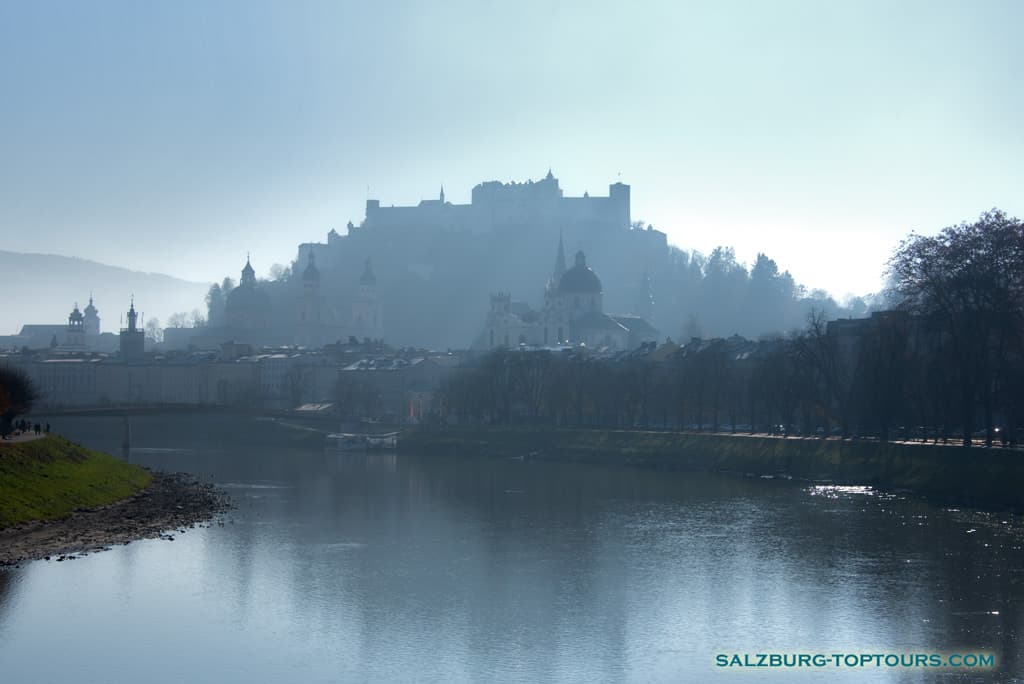
Tags: March in Salzburg, April in Salzburg, My Winter Walk of Salzburg

